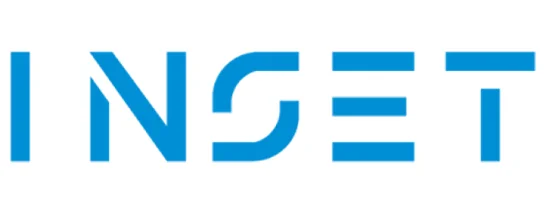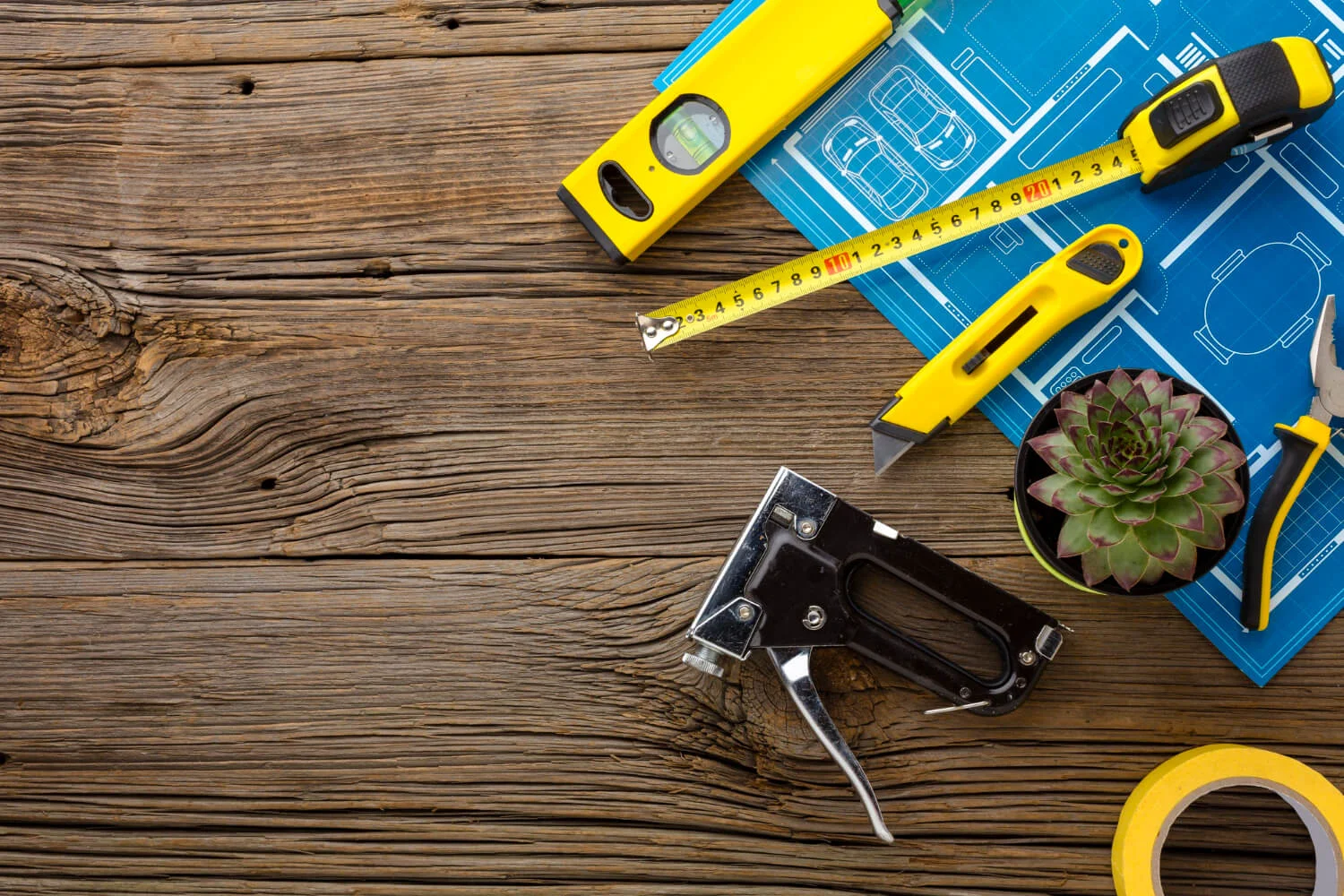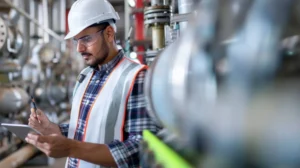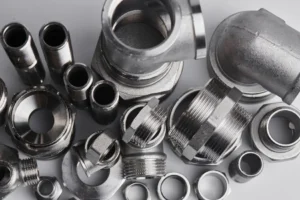The arteries of an industrial facility aren’t made of flesh and blood but of a network of pipes carrying essential fluids. These pipelines are the lifeblood of countless operations, transporting everything from water and steam to chemicals and fuels. However, unlike their biological counterparts, industrial pipelines are susceptible to a variety of threats. Without proper care and attention, seemingly minor issues can snowball into costly blunders, leading to production delays, safety hazards, and significant financial losses.
This blog post delves into five common industrial plumbing mistakes and equips you with the knowledge to avoid them. By implementing preventative measures and adopting a proactive approach, you can optimize your industrial plumbing system, ensuring smooth operation and maximizing efficiency.
The Ripple Effect of Plumbing Problems
Imagine a clogged drain in a critical production line. This seemingly minor issue can bring production to a halt, leading to frustrated employees and lost revenue. In worst-case scenarios, a burst pipe due to improper material selection can cause extensive damage to equipment and even pose safety risks. The financial impact of such events highlights the importance of proactive industrial plumbing management.
This blog post delves into five common industrial plumbing mistakes and equips you with the knowledge to avoid them. By implementing preventative measures and adopting a proactive approach, you can optimize your industrial plumbing system, ensuring smooth operation and maximizing efficiency.
5 Common Industrial Plumbing Mistakes and How to Avoid Them
- Ignoring the Power of Preventative Maintenance
The Problem: Many facilities neglect regular maintenance schedules, allowing minor issues to fester and develop into major problems. Worn-out components, clogged pipes, and undetected leaks can significantly compromise system efficiency and increase the risk of costly failures. Imagine a scenario where a neglected pump bearing seizes up, leading to a complete system shutdown. The cost of repairs, replacement parts, and lost production time can be substantial.
The Solution: Implement a comprehensive preventive maintenance program. This includes:
- Routine inspections: Regularly inspect your plumbing system for signs of wear and tear, leaks, or corrosion. Schedule these inspections at regular intervals, based on the specific demands of your system. This could be monthly, quarterly, or even biannually depending on the criticality of the system and the potential consequences of failure.
- Cleaning and lubrication: Perform routine cleaning and lubrication of essential components like valves and pumps. Follow the manufacturer’s recommendations for cleaning procedures and lubrication schedules. This preventative maintenance helps ensure smooth operation, extends the lifespan of your plumbing system, and minimizes the risk of premature failures.
- Testing and calibration: Schedule regular testing and calibration of safety devices like pressure gauges and relief valves. These components play a crucial role in preventing catastrophic failures. Failure of a pressure relief valve, for example, can lead to a pipe explosion, posing a significant safety hazard. Following the manufacturer’s recommendations for testing and calibration frequency ensures the proper functioning of these critical safety devices.
- Improper Pipe Sizing
The Problem: Incorrect pipe sizing can lead to a cascade of problems. Undersized pipes create excessive pressure drops as fluids struggle to flow through the narrow channels. This hinders flow, reduces pump efficiency, and can even lead to pipe bursts if the pressure becomes too high. Conversely, oversized pipes waste valuable resources. Excess space can lead to stagnant water, fostering corrosion and bacterial growth. Imagine a scenario where undersized pipes are used for a high-volume water line. The pressure drop not only reduces the flow rate but can also place undue stress on the pipes, increasing the risk of failure.
The Solution: Consult plumbing professionals to determine the optimal pipe size for your specific application. Factors like flow rate, pressure requirements, and fluid type all play a crucial role. Choosing the right size ensures smooth operation, minimizes pressure loss, optimizes energy usage, and prevents potential safety hazards.
- Neglecting Corrosion-Resistant Materials
The Problem: Industrial environments often expose pipes to harsh chemicals and aggressive elements. Using inappropriate materials that are not corrosion-resistant can lead to rapid deterioration, leaks, and costly replacements. Imagine a scenario where regular steel pipes are used in a system transporting corrosive chemicals. The rapid deterioration would lead to leaks, potential contamination, and the need for a complete system replacement.
The Solution: Invest in corrosion-resistant materials like stainless steel, PVC, or CPVC, depending on the specific application and the fluids being transported. Proper material selection ensures long-term system integrity, minimizes the risk of leaks and failures, and reduces the need for frequent replacements.
- Underestimating the Importance of Support Systems
The Problem: Failing to provide adequate pipe support can lead to excessive stress and strain on pipes and connections. Over time, this can cause misalignment, leaks, and potential structural damage. Imagine a scenario where heavy pipes are left unsupported over a long span. The weight of the pipes can cause them to sag, creating stress on the connections and increasing the risk of leaks or even pipe failure.
The Solution: Utilize appropriate hangers, brackets, and clamps to ensure proper support for your piping system. This distributes weight evenly, prevents excessive movement, and safeguards the integrity of your entire system. Consult plumbing professionals to determine the appropriate support system requirements based on your specific piping layout and the weight of the pipes.
- The “If It Ain’t Broke, Don’t Fix It” Mentality
This common saying can be detrimental when applied to industrial plumbing. While waiting for a complete breakdown before addressing issues might seem like a cost-saving strategy, it’s a recipe for disaster. Here’s why:
- Small problems snowball: Minor leaks, worn-out gaskets, and malfunctions, if left unattended, can quickly escalate into major problems. Imagine a small leak in a pipe joint. Over time, this leak can erode the surrounding material, leading to a catastrophic pipe burst and potentially significant damage.
- Increased downtime: A reactive approach to plumbing issues means waiting for a complete breakdown before taking action. This downtime translates to lost production time, delayed deliveries, and frustrated employees. The cost of lost production can quickly outweigh the cost of preventative maintenance.
- Safety hazards: Untreated plumbing problems can pose significant safety hazards. Leaking chemicals, loose connections, and failing pressure valves can all lead to accidents and injuries. Prioritizing safety requires a proactive approach to identifying and addressing potential problems.
- Higher repair costs: Catching problems early allows for repairs to be addressed quickly and efficiently. Waiting for a major breakdown often necessitates more complex and expensive repairs, significantly increasing the overall cost.
The Solution: Proactive Maintenance is Key
By adopting a proactive approach to industrial plumbing management, you can reap significant benefits:
- Reduced downtime: Preventative maintenance helps identify and address potential issues before they cause breakdowns, minimizing downtime and keeping your operations running smoothly.
- Increased system lifespan: Regular maintenance extends the lifespan of your plumbing system by preventing wear and tear. This translates to lower replacement costs and improved long-term efficiency.
- Enhanced safety: A proactive approach ensures that potential safety hazards are identified and addressed promptly, minimizing the risk of accidents and injuries.
- Lower overall costs: While preventative maintenance requires investment, it’s significantly less expensive than dealing with the consequences of major plumbing failures.
Conclusion
This comprehensive guide has equipped you to avoid the 5 most common industrial plumbing blunders, transforming your silent workhorse into a reliable asset. By implementing proactive maintenance, selecting the right materials, and prioritizing support systems, you can significantly reduce downtime, extend system lifespan, and improve overall safety – all while minimizing operational costs. Don’t wait for a costly blunder to disrupt your operations. Take control today with a proactive approach to industrial plumbing!








